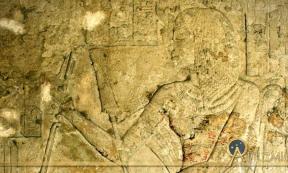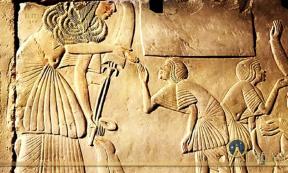Ancient Egypt
Welcome to the section on Ancient Egypt, a civilization that flourished for over 3000 years in the northeastern corner of Africa. Ancient Egypt is known for its rich cultural and artistic heritage, innovative technology, and remarkable achievements in fields such as architecture, agriculture, medicine, and mathematics.
The civilization emerged around 3100 BC, when King Menes unified Upper and Lower Egypt and established the first dynasty. Over the centuries, Egypt saw the rise and fall of great pharaohs, the construction of grand monuments such as the pyramids and temples, and the development of a complex system of writing and religion.
Ancient Egypt was a hierarchical society with a strict social structure, where the pharaoh was considered a god-king who ruled with absolute power. The people of Egypt believed in a pantheon of gods and goddesses, and their religious practices were intertwined with everyday life.
The achievements of Ancient Egypt are still visible today in the grand monuments, artworks, and artifacts that have survived the passage of time. From the Great Sphinx and the Pyramids of Giza to the hieroglyphs and papyrus scrolls that record their history, Ancient Egypt continues to captivate and inspire people from around the world.
The Old Kingdom, which lasted from around 2686 BC to 2181 BC, was marked by the construction of iconic pyramids and the development of hieroglyphic writing. The Middle Kingdom, from 2055 BC to 1650 BC, saw a resurgence of art and culture, as well as the expansion of trade and conquest.
The New Kingdom, from 1550 BC to 1069 BC, was the most prosperous and powerful period of ancient Egyptian history, marked by the rule of famous pharaohs such as Hatshepsut, Thutmose III, and Tutankhamun. This era saw the construction of grand temples and monumental architecture, and the development of a complex religious and social system.
After the New Kingdom, Egypt experienced a period of decline and foreign rule, with the country being conquered by the Assyrians, Persians, Greeks, and Romans. Despite this, ancient Egyptian culture continued to influence and inspire subsequent civilizations, and its legacy can still be seen in art, literature, and architecture today.
The articles you will find here explore the wonders of Ancient Egypt, and you will learn about the history, culture, and achievements of one of the most fascinating civilizations in human history.






































